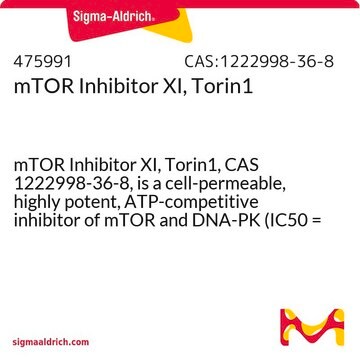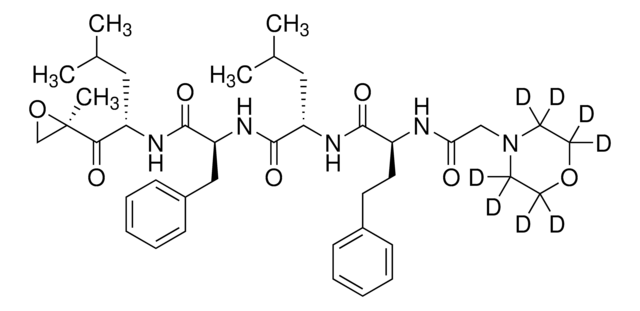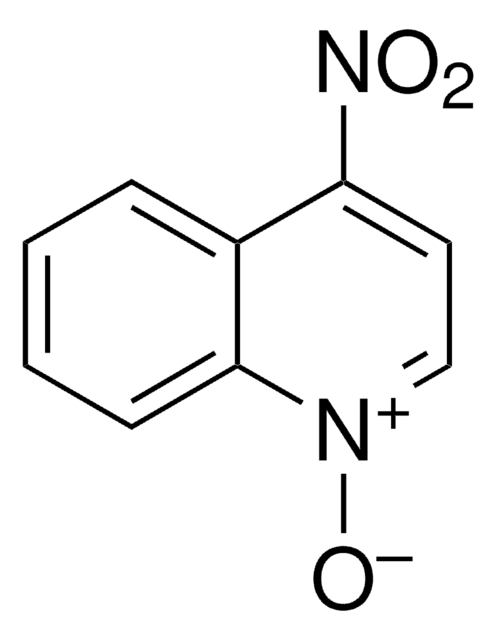SML1916
Marizomib
≥95% (HPLC), (Salinospora tropica)
Synonym(s):
(1R,4R,5S)-4-(2-Chloroethyl)-1-[(S)-(1S)-2-cyclohexen-1-ylhydroxymethyl]-5-methyl-6-oxa-2-azabicyclo[3.2.0]heptane-3,7-dione, NPI-0052, Salinosporamide A
About This Item
Recommended Products
Quality Level
biological source
(Salinospora tropica)
Assay
≥95% (HPLC)
form
powder
storage condition
desiccated
color
white to beige
shipped in
wet ice
storage temp.
−20°C
InChI
1S/C15H20ClNO4/c1-14-10(7-8-16)12(19)17-15(14,13(20)21-14)11(18)9-5-3-2-4-6-9/h3,5,9-11,18H,2,4,6-8H2,1H3,(H,17,19)/t9-,10+,11+,14+,15+/m1/s1
InChI key
NGWSFRIPKNWYAO-SHTIJGAHSA-N
Application
- to study its effects on glioblastoma cell lines
- to analyze its effects on the aging of killifish brain
- to test its effect on protein kinase B (PKB/AKT) levels in multiple myeloma cells
Biochem/physiol Actions
Storage Class Code
11 - Combustible Solids
WGK
WGK 3
Flash Point(F)
Not applicable
Flash Point(C)
Not applicable
Certificates of Analysis (COA)
Search for Certificates of Analysis (COA) by entering the products Lot/Batch Number. Lot and Batch Numbers can be found on a product’s label following the words ‘Lot’ or ‘Batch’.
Already Own This Product?
Find documentation for the products that you have recently purchased in the Document Library.
Our team of scientists has experience in all areas of research including Life Science, Material Science, Chemical Synthesis, Chromatography, Analytical and many others.
Contact Technical Service







